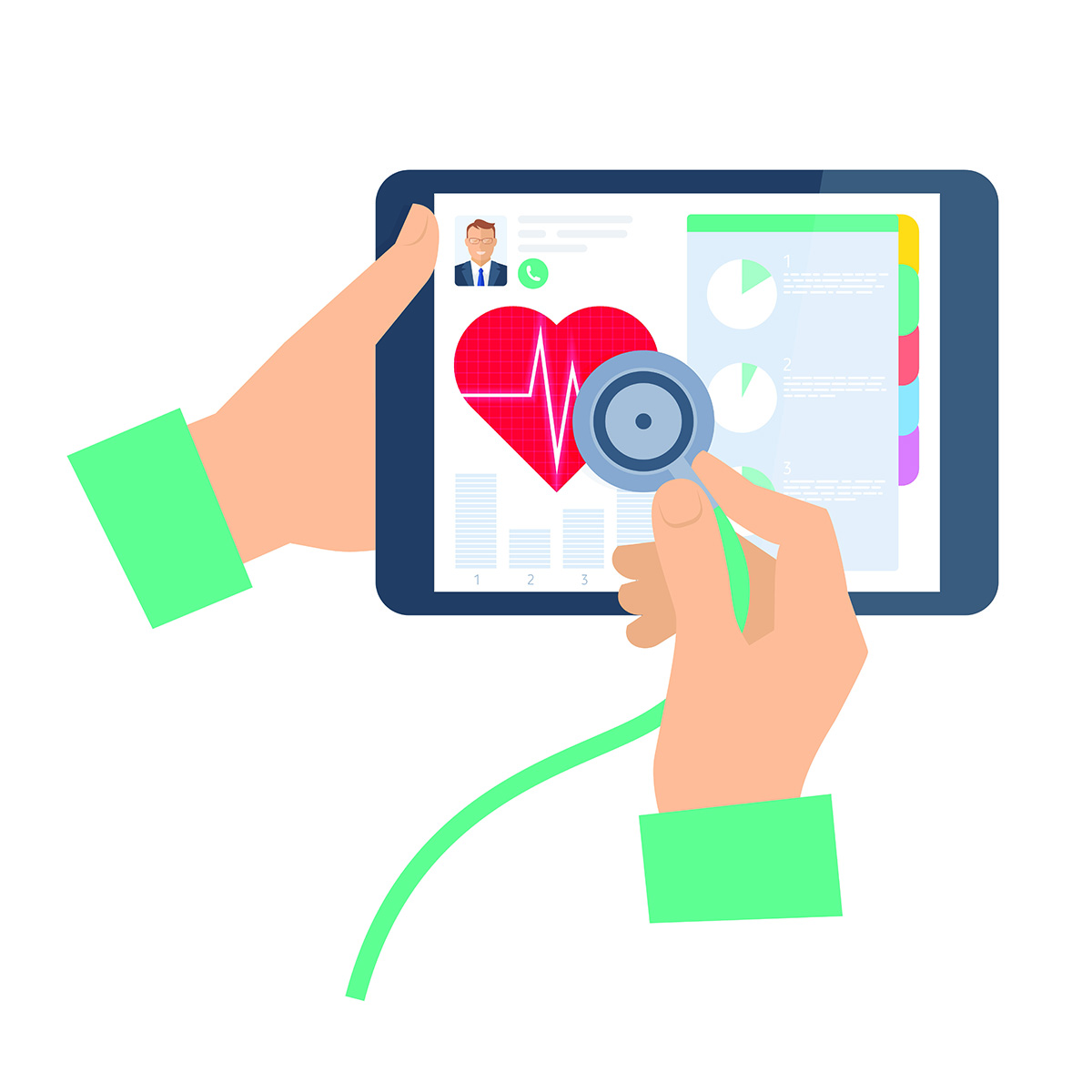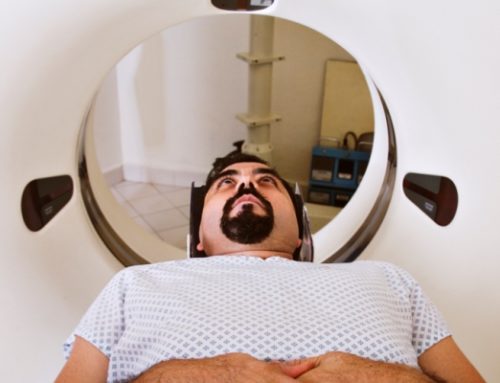As we mentioned in our April 2017 HCI spotlight (if you missed it you can view it here) telehealth (aka: telemedicine) means different things to different people, and they’re all correct. So, what is telehealth? The Health Resources and Services Administration (HRSA) of the U.S. Department of Health and Human Services defines telehealth as the use of electronic information and telecommunications technologies to support and promote long-distance clinical health care, patient and professional health-related education, public health and health administration.
This sounds very high-tech and futuristic right? Well, not exactly. While many aspects of telehealth are not yet being fully utilized, some are commonplace. The first example of telehealth that pops into my head as widely accepted is the use of distance reading by radiologists. Another is device interrogations. Remember the days when patients had to come into the cardiology office to have their pacemaker or implantable cardioverter defibrillators (ICDs) interrogated? With the guidelines stating follow up every 3-6 months that meant patients had to drive all the way to the cardiologists office simply to have their device checked. Now, many patients opt to have their device remotely monitored, sometimes on a daily basis with unscheduled transmissions for any pre-defined physician alerts, all from the comfort of their home. This avoids unnecessary in-clinic visits, and (in my opinion) increases the quality of care.
But this isn’t the limit of telehealth. It can provide far greater services than the ones that are already widely used. Some insurance providers are now allowing their users to have access to primary care physicians via video conferencing. This produces anytime access to physicians, meaning at times that are convenient to the patients.
One way HCI is looking forward to utilizing telehealth is to provide access to specialists in rural communities. As many of our follower know, HCI is dedicated to the rural healthcare market. One problem we see is lack of specialists in these areas. Patients are asked to drive, sometimes hours, to get the care they need from a cardiologist. Usually this causes the patients to forego care because they cannot afford to take the day off of work, spend the money on gas, or some simply don’t have the means of transportation. We are excited to see the benefits that telehealth can bring to these patients. Our patients. The underserved patients.
If you are interested in learning more, please click here for an article on the barriers faced by telehealth that we recently posted on our Facebook page.







Leave A Comment